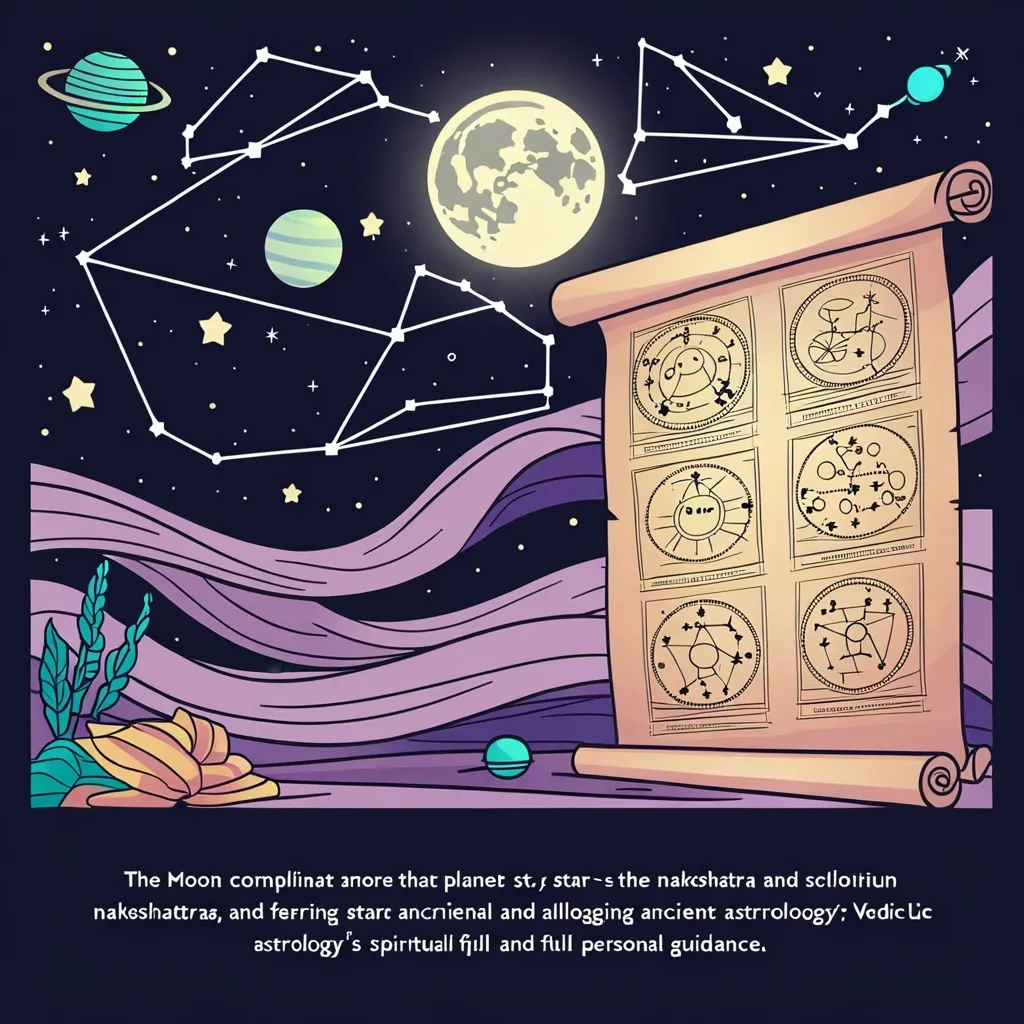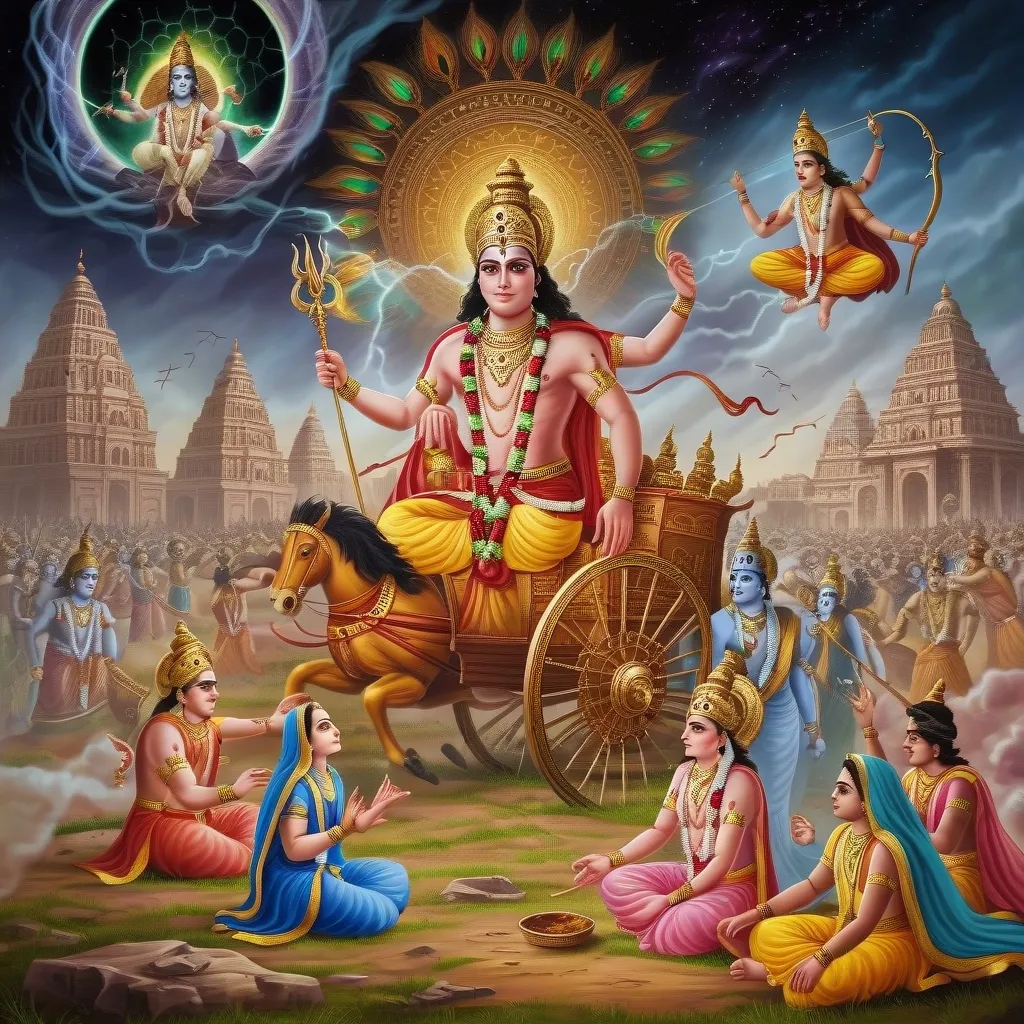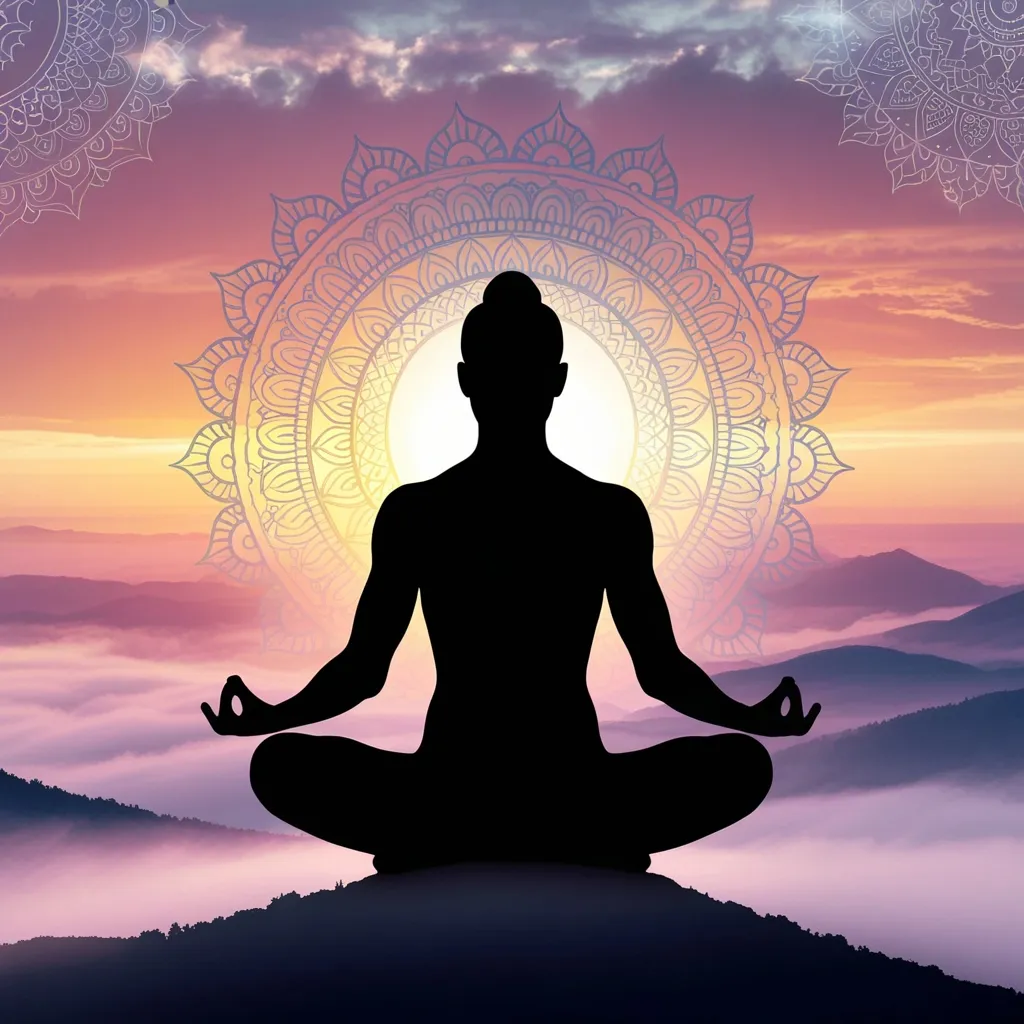In the vast and intricate landscape of Hindu philosophy, there exists a concept that delves deep into the heart of self-awareness and cosmic consciousness, known as Sphurana. This idea, rooted in the traditions of Advaita Vedanta, offers a unique perspective on the nature of reality and our place within it.
To begin with, let’s understand the core of Advaita Vedanta. This philosophical tradition posits that the individual self, or jivatman, is not separate from the ultimate reality, Brahman. The term “Advaita” itself means “non-dualism,” suggesting that there is no fundamental distinction between the individual and the universal. This philosophy rejects the dualistic view of the world, where consciousness (purusha) and nature (prakriti) are seen as separate entities. Instead, it asserts that Brahman, the pure awareness, is the sole reality from which the transient world arises[1][3][4].
Now, let’s dive into the concept of Sphurana. The word “Sphurana” can be translated as “pulsation” or “throbbing,” and it refers to the initial spark or throb of self-awareness. This is the moment when the ‘I’ thought emerges, marking the beginning of our conscious experience. Imagine this as the first ripple in an otherwise calm ocean of consciousness.
In Advaita Vedanta, Sphurana is crucial because it describes the dynamic aspect of the Absolute, which is often perceived as static. This pulsation is not just a metaphor but a lived experience for those who delve deep into meditation and self-inquiry. It is the point at which the individual begins to recognize their true nature, which is identical with Brahman.
To understand Sphurana better, we need to explore how ancient seers and sages like Sri Ramana Maharshi perceived it. According to Maharshi, the world we experience is not as real as it seems. He often compared our waking state to a dream, emphasizing that both states are illusions created by the mind. The memories and experiences we have are part of this illusory fabric, hiding the true Self from us. Sphurana is the moment when this veil of ignorance (avidya) begins to lift, allowing us to glimpse our true identity[2].
The journey to realize this pulsation of pure awareness involves a deep spiritual practice known as sadhana. This path includes stages such as renunciation (viraga), listening to the teachings of sages (sravana), reflecting on these teachings (manana), and profound meditation (nididhyasana). Through these practices, one negates the misconceptions and false ego-identities that obscure the ultimate truth of the oneness of Brahman[1].
Sri Ramana Maharshi’s approach to Sphurana was through self-inquiry, famously encapsulated in the question “Who am I?” This inquiry is not just an intellectual exercise but a deep, introspective process that aims to reveal the true nature of the Self. By repeatedly asking this question, one can trace the ‘I’ thought back to its source, ultimately realizing that it is a mere reflection of the singular, undifferentiated consciousness that is Brahman[2].
The practical wisdom of Sphurana lies in its ability to guide us through the fluctuations of the mind. In a world where we are constantly distracted by thoughts, emotions, and external stimuli, recognizing the pulsation of pure awareness helps us stay grounded. It teaches us to discern between what is real and what is illusory, allowing us to live a life that is more aligned with our true nature.
This concept also sheds light on the role of meditation in Advaita Vedanta. Meditation here is not just a technique to calm the mind but a profound way to realize the Self. It involves a deep introspection where one repeatedly meditates on selected Upanishadic statements like “tat tvam asi” (that thou art), which are taken literally to form the scriptural evidence for the identity of the individual self and Brahman. This meditation culminates in what Adi Shankara referred to as “anubhava,” or direct experience, where the distinctions between the individual and the universal dissolve[1].
In essence, Sphurana is not just a philosophical concept but a lived experience that transforms our understanding of consciousness and our place in the universe. It reminds us that our true nature is not bound by the limitations of the body and mind but is an integral part of the cosmic consciousness that underlies all existence.
As we explore this subtle realm, we are invited to reflect on our own experiences and perceptions. We are asked to question the reality of the world around us and to seek the truth that lies beyond the veil of ignorance. This journey, though challenging, promises to reveal new insights into the nature of consciousness and offers practical wisdom for recognizing our true nature amidst the chaos of everyday life.
In the end, the concept of Sphurana in Advaita Vedanta is a reminder that our search for truth is not an external quest but an internal one. It is a call to look within, to feel the pulsation of pure awareness, and to realize that we are not separate entities but integral parts of the cosmic whole. This realization is not just a philosophical understanding but a direct experience that can transform our lives, leading us to live with greater love, contentment, and wisdom.






